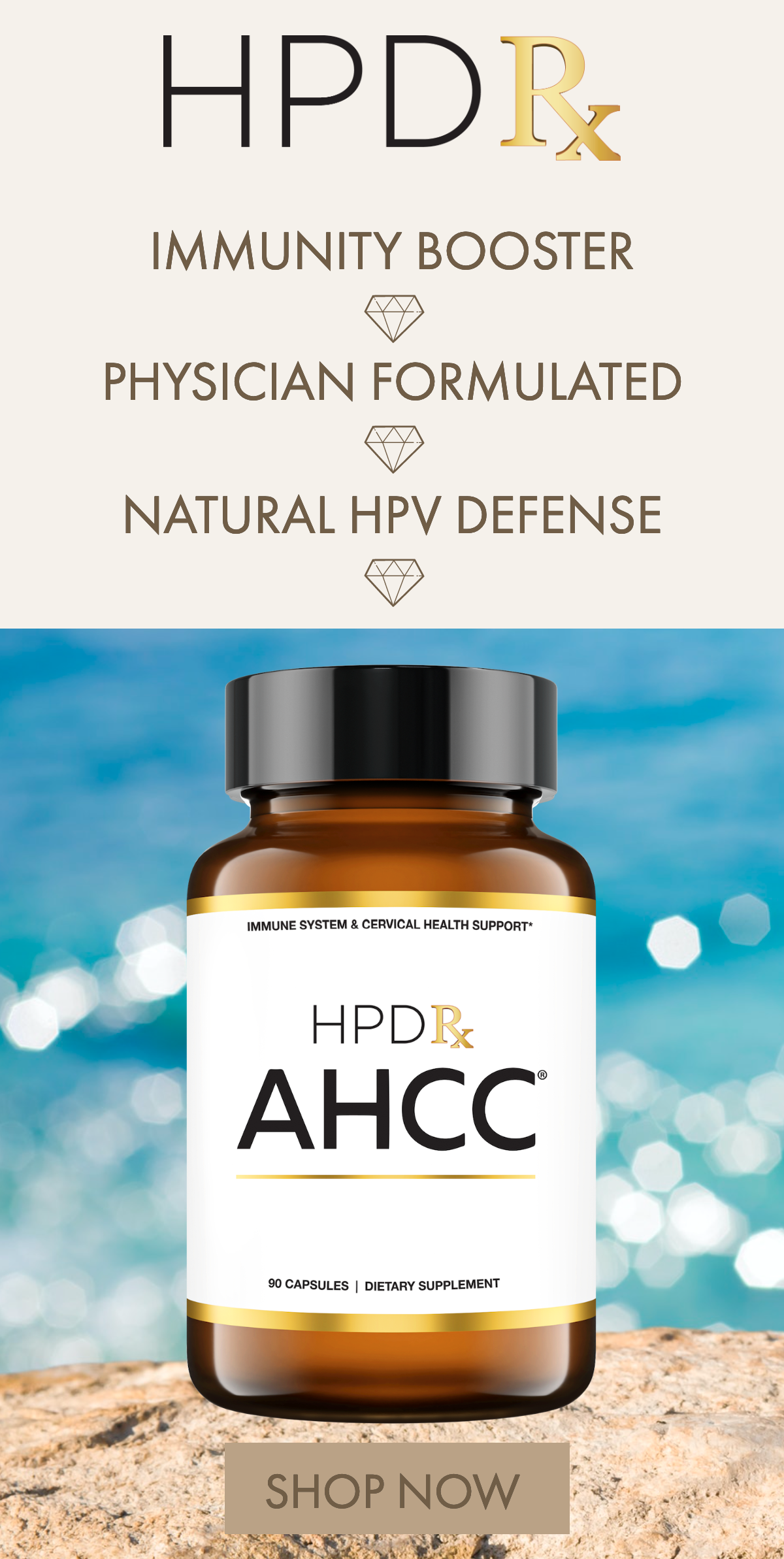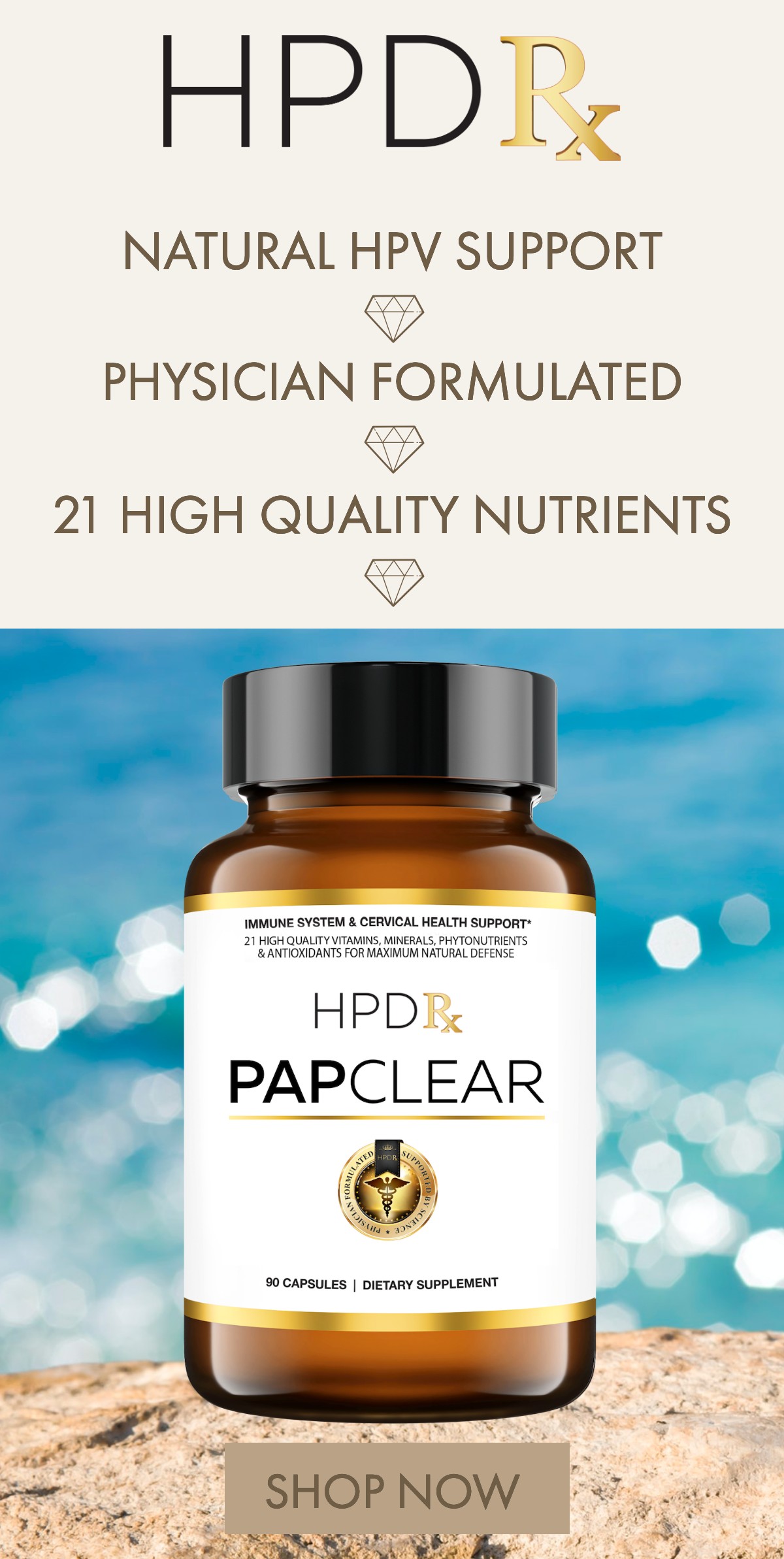
The name human papillomavirus (HPV) stems from the word papilloma, which means wart. There are over 100 types of HPV, many of which cause benign warts to develop on the skin or mucous membranes within the body. All warts are HPV warts, but only some types develop as a result of sexual contact. Take a closer look at the types of warts HPV can produce.
Wart Appearance
HPV warts are either cutaneous (on the skin) or mucosal (on mucosal surfaces). There are several types of warts that can develop as a result of an HPV infection:
- Common warts: These are raised, dome-shaped warts that are often grayish-brown in color and have a rough surface with small black dots. Common warts are usually found on hands, fingers, knees, and elbows.
- Flat warts: HPV flat warts are smooth, flat bumps that are very small (about the size of a pinhead) and may be pink, yellow, or light brown in color. Sometimes, they cluster together in groups. They often grow on the face, arms, hands, or knees.
- Plantar warts: HPV plantar warts are hard and grainy to the touch. Mostly found on the bottoms of the feet, these warts may be painful when walking.
- Filiform warts: These are long, thin warts that typically grow around the mouth, eyes, or nose.
- Genital warts: Genital warts are usually skin-colored or a bit darker. They may appear as single warts or in small clusters that look like cauliflower. They can be raised, flat, rough, or smooth.
Are HPV Warts Contagious?
HPV warts are contagious. They develop from contact with someone or something carrying the virus. These warts are spread when by touching the wart itself or an object that touched the wart.
Some people develop HPV warts as a result of intimate skin-to-skin contact. The following types of warts are associated with HPV when it is sexually transmitted:
- HPV genital warts: HPV warts on the penis, scrotum, or vulva can develop when someone becomes infected with HPV. Women can also develop warts on the cervix or in the vagina.
- HPV anal warts: Both men and women can develop warts on or around the anus if they become infected during anal sex.
- HPV mouth warts: Oral HPV warts can develop in or around the mouth and throat when someone gets HPV from oral sex.
How to Get Rid of HPV Warts
HPV warts are not harmful and usually go away on their own. Some people may find that using supplements to boost the immune system could help to get rid of the wart-causing virus. For example, AHCC is a supplement that has been linked to long-term suppression of HPV infections.
If your warts don’t go away, you can see a dermatologist to discuss your HPV warts treatment options, which may include:
- Topical medications: Prescription medications applied directly to the affected area may help warts to go away.
- Cryotherapy: This method involves freezing the wart off with liquid nitrogen.
- Excision: Your dermatologist may cut out the warts manually.
- Electrocautery: This method involves destroying the warts with an electric current.
- Laser treatment: A laser light may be used to destroy the warts.
If you have oral, anal, or genital warts caused by HPV, don’t try over-the-counter wart treatments without a doctor’s approval since these products are generally not intended for use on sensitive areas.
Sources
- Warts: American Academy of Dermatology.
- Genital Warts: American Academy of Dermatology.
- HPV and Cancer: American Cancer Society, 2017.
- Phase II Evaluation of AHCC for the Eradication of HPV Infections: U.S. National Library of Medicine, 2018.








